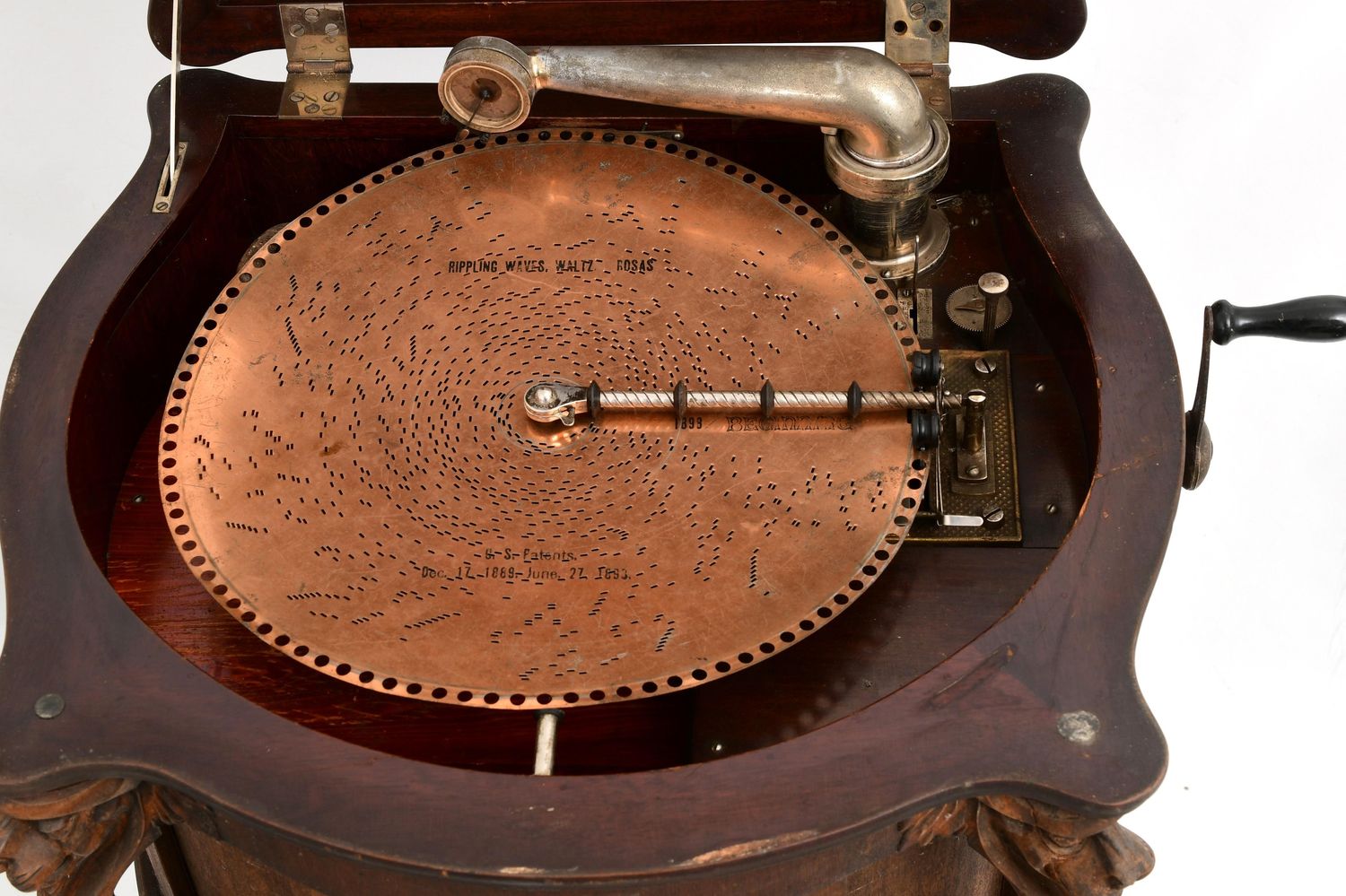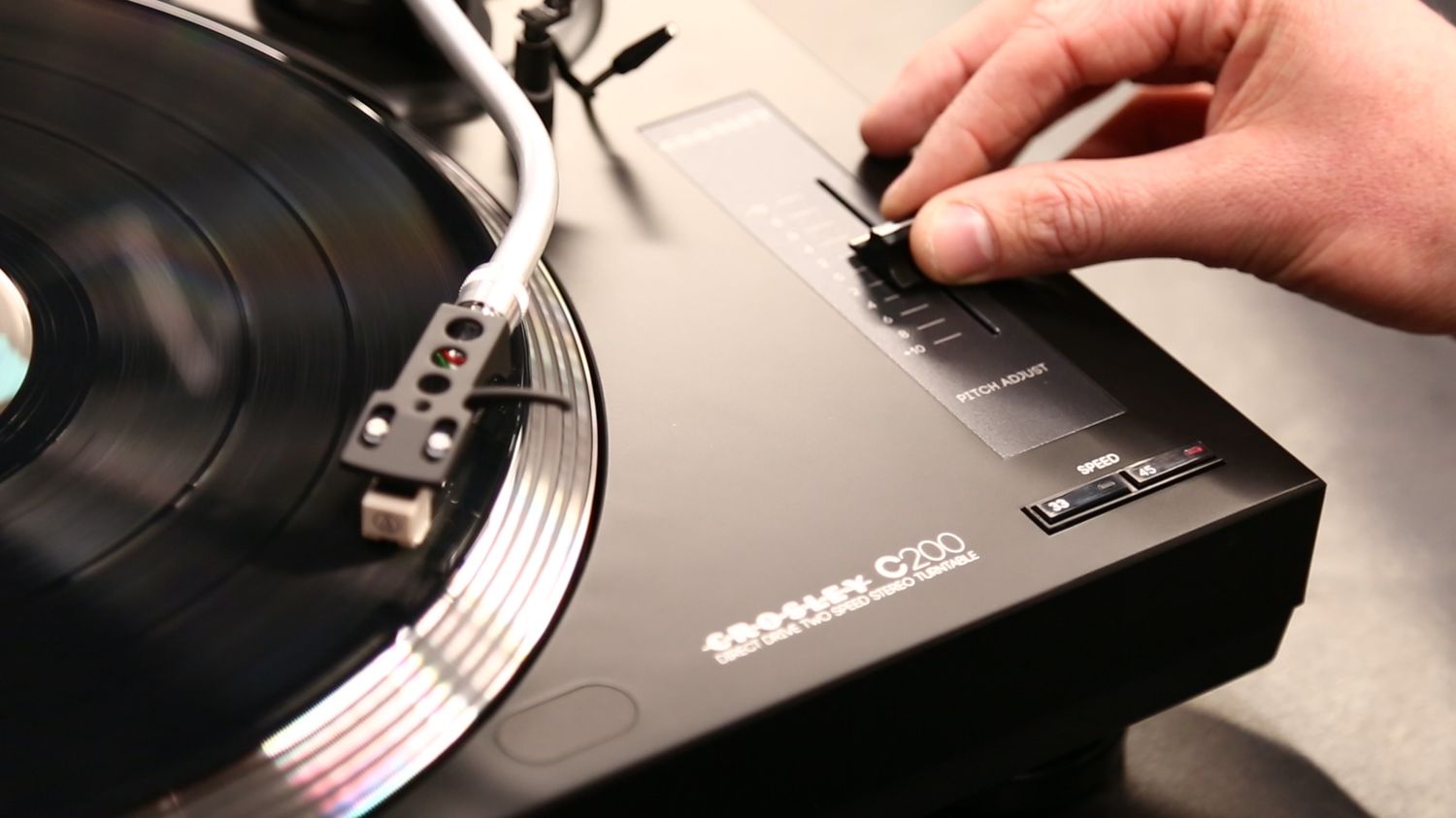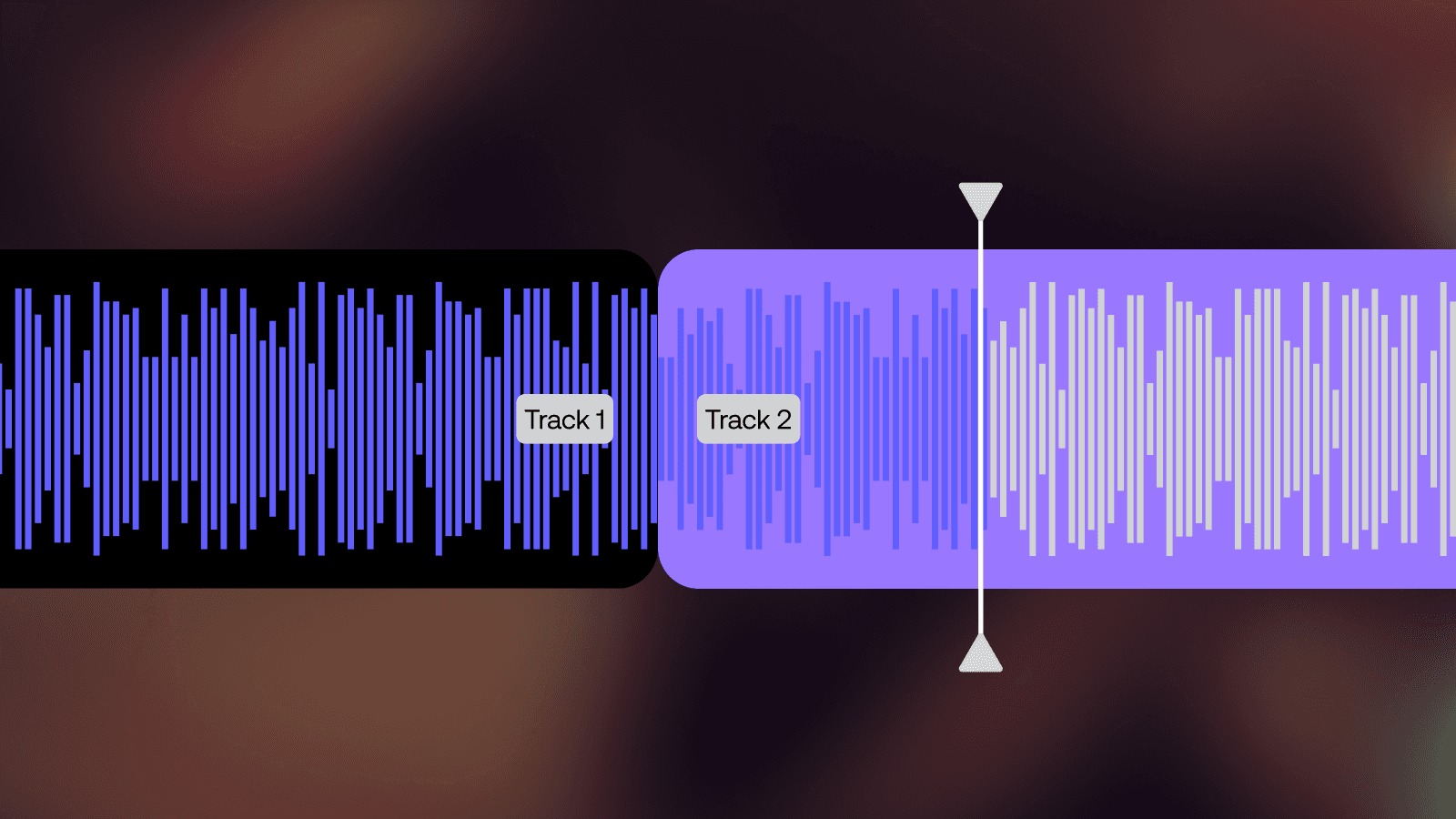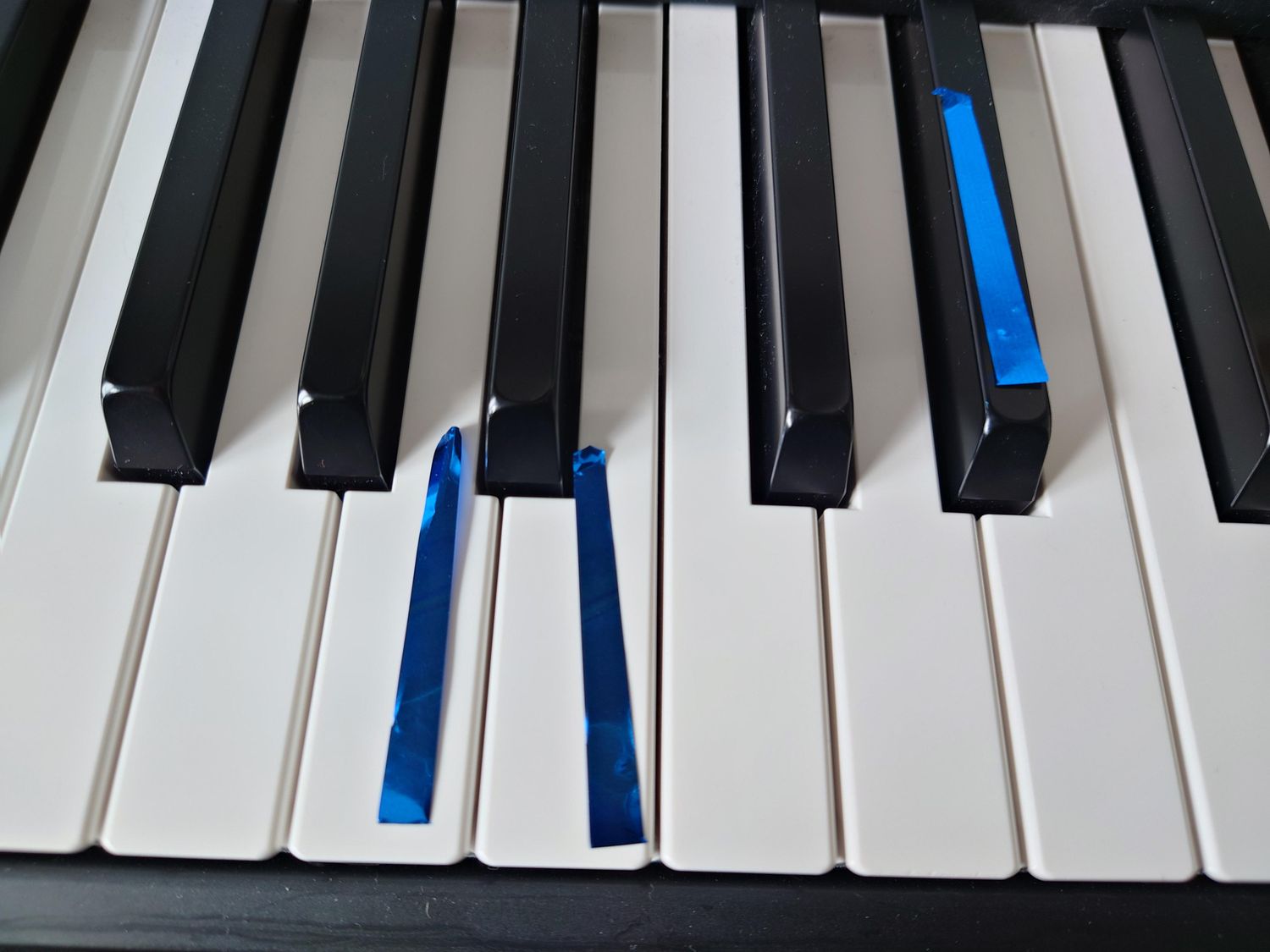Home>Events & Info>Frequency>In Determining Pitch, What Is Meant By Frequency?
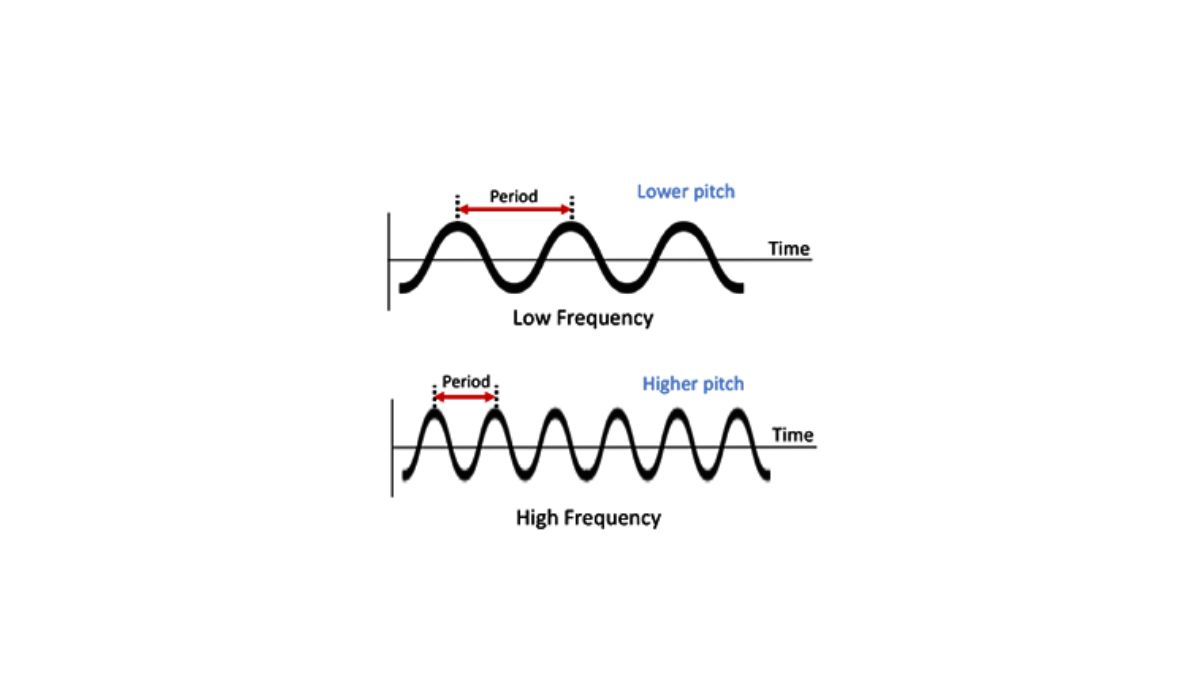

Frequency
In Determining Pitch, What Is Meant By Frequency?
Published: February 18, 2024
Discover the meaning of frequency in pitch determination and how it affects sound waves. Learn about the relationship between frequency and pitch in this comprehensive guide.
(Many of the links in this article redirect to a specific reviewed product. Your purchase of these products through affiliate links helps to generate commission for AudioLover.com, at no extra cost. Learn more)
Table of Contents
Introduction
Understanding the Role of Frequency in Determining Pitch
When we listen to music, the pitch of a note can evoke a range of emotions, from joy to melancholy. It's fascinating to consider that the pitch we perceive is intricately connected to the concept of frequency. In the world of sound, frequency plays a pivotal role in shaping our auditory experiences. Understanding the relationship between frequency and pitch is crucial for musicians, audio engineers, and anyone passionate about the science of sound.
Frequency, in the context of sound, refers to the number of vibrations per second produced by a sound wave. This fundamental concept lies at the heart of pitch determination. As we delve into the intricate connection between frequency and pitch, we'll uncover the mechanisms that govern our perception of musical notes and explore the profound impact that frequency has on the emotional resonance of music.
Join me on a captivating journey into the realm of sound, where we'll unravel the mysteries of frequency and its profound influence on the perception of pitch.
Understanding Frequency
Frequency, in the context of sound, is a fundamental property that governs the pitch of a musical note. It is measured in Hertz (Hz), representing the number of oscillations or vibrations per second. To put it simply, the frequency of a sound wave determines how high or low the pitch of the corresponding sound is perceived by the human ear.
Visualizing frequency can be likened to observing the ripples on the surface of a pond after a pebble is dropped. The distance between each ripple crest represents the wavelength, while the rate at which the ripples appear is analogous to the frequency. In the realm of sound, a higher frequency corresponds to a higher pitch, while a lower frequency results in a lower pitch.
For instance, when a piano key is struck, it sets off a series of vibrations in the air, generating sound waves at a specific frequency. The frequency of these waves determines the pitch that we hear. A higher frequency produces a note with a higher pitch, such as the tinkling of a high C, while a lower frequency results in a lower pitch, like the deep resonance of a low C.
Understanding frequency is crucial for musicians and audio engineers, as it forms the basis for tuning instruments and adjusting audio equipment to achieve the desired pitch and tonal quality. Moreover, comprehending the concept of frequency empowers individuals to appreciate the intricate nuances of music and the science behind the emotional impact of different pitches.
As we continue our exploration of frequency and its profound influence on the perception of pitch, let’s delve deeper into the role of frequency in shaping our auditory experiences and the captivating interplay between sound waves and human perception.
The Role of Frequency in Pitch Determination
Frequency serves as the cornerstone of pitch determination, influencing how we perceive the musical notes that form the melodies and harmonies we cherish. When we hear a sound, our auditory system processes the frequency of the corresponding sound waves to interpret the pitch, allowing us to discern whether a note is high or low in tone.
Our perception of pitch is intricately linked to the frequency of the sound waves. Higher frequencies are associated with higher pitches, while lower frequencies are correlated with lower pitches. This relationship forms the basis of our ability to distinguish between the myriad tones that comprise music, enabling us to appreciate melodies and chords in their full richness and complexity.
It’s important to note that the human ear is sensitive to a wide range of frequencies, spanning from approximately 20 Hz to 20,000 Hz. This remarkable spectrum allows us to perceive a diverse array of pitches, from the deep rumbling of a bass guitar to the shimmering resonance of a soprano’s high notes. The ability to discern and interpret this broad spectrum of frequencies is essential for fully experiencing the depth and beauty of musical compositions.
Furthermore, the role of frequency in pitch determination extends beyond the realm of music. In speech and communication, variations in frequency contribute to the inflections and intonations that convey meaning and emotion. Whether it’s the rising cadence of a question or the emphatic stress on a particular word, our understanding of spoken language is enriched by the nuances of pitch, all of which are intricately tied to the underlying frequencies of sound waves.
As we unravel the profound impact of frequency on pitch determination, we gain a deeper appreciation for the intricate interplay between sound waves, human perception, and the emotional resonance of music and speech. Join me as we explore the fascinating connection between frequency and the captivating world of pitch.
Frequency and Musical Notes
When it comes to musical notes, frequency lies at the core of their essence, defining their pitch and contributing to the rich tapestry of sounds that form the language of music. Each musical note is characterized by a specific frequency, which determines its position on the musical scale and influences its emotional impact on the listener.
In the context of Western music, the standard tuning assigns the note A above middle C a frequency of 440 Hz, serving as a reference point for establishing the frequencies of other notes. As we ascend the musical scale, the frequencies of the notes increase in a systematic manner, resulting in a progression of higher pitches. Conversely, descending the scale leads to notes with lower frequencies and correspondingly lower pitches.
For example, the note A above middle C is typically set at 440 Hz, while the note one octave higher, also an A, has a frequency of 880 Hz. This doubling of frequency for each octave represents a fundamental principle in music, as it leads to the perceptual phenomenon of octave equivalence, wherein notes separated by an octave are perceived as musically equivalent despite the difference in pitch.
Moreover, the relationship between frequency and musical notes extends beyond individual tones to encompass the harmonious interplay of different frequencies in chords and melodies. When multiple notes are played simultaneously, their frequencies combine to create complex waveforms, resulting in harmonious or dissonant interactions that shape the emotional character of the music.
Understanding the intricate relationship between frequency and musical notes empowers musicians and composers to craft compositions that evoke specific moods and resonate deeply with audiences. Whether it’s the ethereal tranquility of a high-pitched melody or the soul-stirring depth of low-frequency harmonies, the art of music is imbued with the profound influence of frequency on the perception of musical notes.
As we continue to explore the captivating realm of frequency and its profound impact on the emotional resonance of music, let’s delve deeper into the enchanting world of musical notes and the intricate interplay between their frequencies, pitches, and evocative power.
Conclusion
Frequency, as we have discovered, serves as the bedrock of our perception of pitch, profoundly shaping the emotional resonance of music and speech. Through our exploration of frequency and its role in determining pitch, we have unveiled the captivating interplay between sound waves, human perception, and the evocative power of musical notes.
By understanding the fundamental connection between frequency and pitch, we gain a deeper appreciation for the intricate mechanisms that underpin our auditory experiences. From the ethereal beauty of high-pitched melodies to the profound depth of low-frequency harmonies, the emotional impact of music is intricately tied to the frequencies that define its essence.
Moreover, the influence of frequency extends beyond the realm of music, permeating our everyday interactions through the nuances of pitch in speech and communication. The subtle variations in frequency contribute to the rich tapestry of intonations and inflections that imbue language with meaning and emotion, enriching our understanding and expression of the spoken word.
As we navigate the captivating world of sound, frequency emerges as a powerful force that shapes our auditory landscape, guiding our perception of pitch and infusing music and speech with profound emotional depth. Whether it’s the soaring crescendo of a high note or the resonant warmth of a low frequency, the impact of frequency on our auditory experiences is undeniable.
In essence, the exploration of frequency and its influence on pitch determination unveils the intricate symphony of sound that envelops us, inviting us to immerse ourselves in the profound interplay between frequency, pitch, and the evocative power of music and speech.
As we conclude our journey through the realm of frequency and pitch, let us carry forward a newfound appreciation for the profound influence of frequency on our auditory experiences, enriching our perception of the melodies, harmonies, and spoken words that shape our lives.



